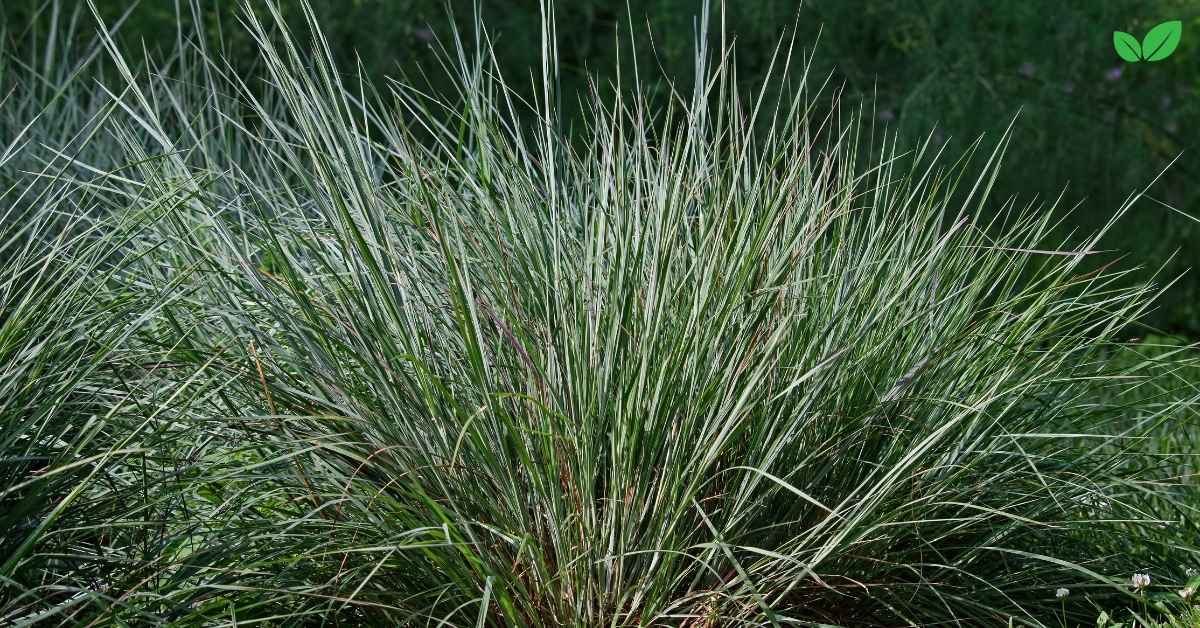Bluestem grass, a prominent native plant in North American prairies, plays a crucial role in the health and sustainability of grassland ecosystems. Two primary species, Big Bluestem (Andropogon gerardii) and Little Bluestem (Schizachyrium scoparium), are foundational to the tallgrass and mixed-grass prairies that once dominated vast stretches of the continent. Renowned for their resilience and adaptability, bluestem grasses provide critical habitat for wildlife, prevent soil erosion, and support biodiversity in prairie ecosystems.
This article examines the environmental niche of bluestem grass, including its habitat preferences, ecological functions, adaptations, role in agriculture, and conservation efforts. By understanding the significance of bluestem grass in maintaining healthy ecosystems, we gain insights into the importance of protecting and restoring native grasslands in a rapidly changing world.
1. Introduction to Bluestem Grass
Bluestem grasses are perennial warm-season grasses that thrive in the open, sunny conditions of prairies, savannas, and other grasslands. Their striking appearance, with tall, slender stems and bluish-green foliage that turns reddish-bronze in autumn, makes them a defining feature of the North American landscape.
Both Big Bluestem and Little Bluestem are considered keystone species, meaning their presence has a disproportionately large impact on the structure and function of their ecosystems. These grasses are not only visually distinctive but also ecologically vital, forming the backbone of prairie habitats and serving as a cornerstone for soil health, carbon sequestration, and wildlife support.
2. Habitat and Distribution
Bluestem grasses are native to North America and are widely distributed across the continent, from the Great Plains to the eastern United States and parts of Canada and Mexico. Their adaptability allows them to thrive in a variety of environmental conditions.
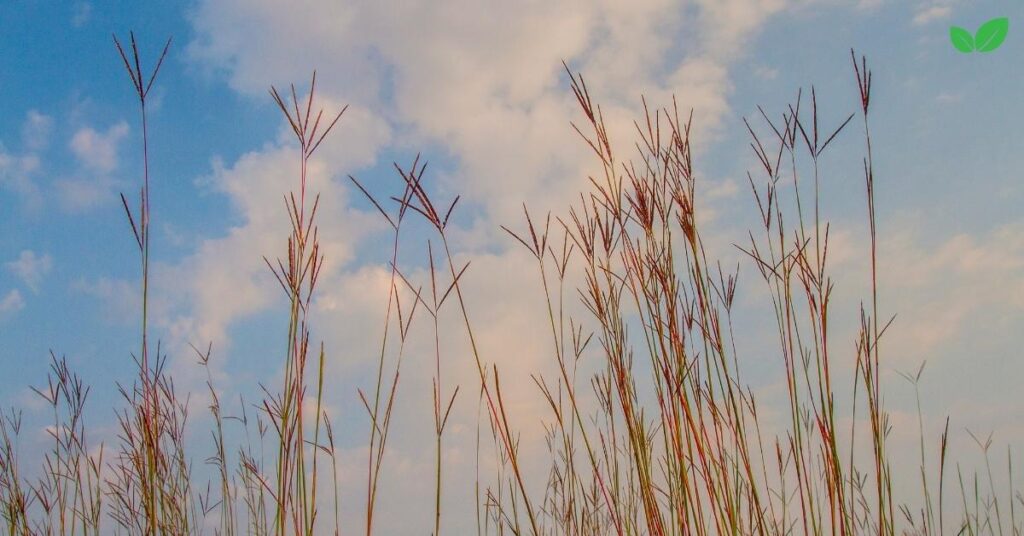
2.1 Big Bluestem (Andropogon gerardii)
Big Bluestem, also known as “Turkeyfoot” due to the shape of its seed head, is a dominant species in tallgrass prairies. It can grow up to 8 feet tall and is commonly found in fertile soils with moderate to high moisture levels. Big Bluestem is prevalent in:
- Tallgrass Prairies: Found in regions such as the Flint Hills of Kansas and Oklahoma, and along the Mississippi River Valley.
- Prairie Restorations: Often used in grassland restoration projects due to its ability to establish quickly and improve soil health.
2.2 Little Bluestem (Schizachyrium scoparium)
Little Bluestem, a smaller and more drought-tolerant species, grows to heights of 2-4 feet and is often associated with mixed-grass prairies. It thrives in well-drained, sandy, or rocky soils and is commonly found in:
- Mixed-Grass Prairies: Stretching from the central Great Plains to eastern grasslands.
- Dry, Sandy Soils: Including glades, hill prairies, and roadside environments.
Both species are tolerant of extreme temperatures, ranging from hot summers to freezing winters, making them highly adaptable to varying climates.
3. Ecological Functions of Bluestem Grass
Bluestem grasses are ecological powerhouses, contributing to the stability and productivity of prairie ecosystems in numerous ways.
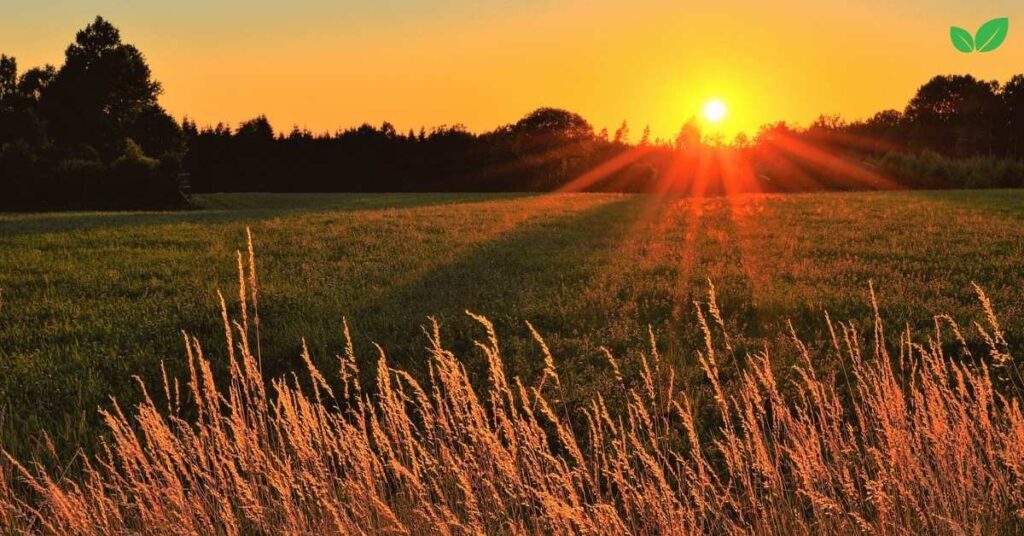
3.1 Soil Stabilization and Erosion Control
The extensive root systems of bluestem can penetrate up to 12 feet deep, anchoring soil and preventing erosion. These deep roots also improve soil structure by creating channels for water infiltration and aeration, which is crucial for maintaining healthy grasslands.
3.2 Carbon Sequestration
As perennial grasses, Big and Little Bluestem play a significant role in carbon sequestration. Their deep roots store carbon below ground, helping to mitigate greenhouse gas emissions and combat climate change. Grasslands containing bluestem grasses act as carbon sinks, capturing carbon dioxide from the atmosphere and storing it in the soil for decades.
3.3 Habitat and Food for Wildlife
Bluestem grasses provide essential habitat and food for a wide variety of wildlife species:
- Birds: Grassland birds like prairie chickens, meadowlarks, and bobolinks nest among bluestem, using their dense foliage for shelter and protection.
- Mammals: Small mammals such as rabbits and voles find cover in bluestem stands while grazing animals like bison and deer feed on the nutrient-rich foliage.
- Insects: Bluestem grasses support pollinators, including bees and butterflies, as well as host insects that are vital food sources for birds and other predators.
3.4 Water Retention and Groundwater Recharge
The deep-rooted nature of bluestem enhances water retention in the soil, reducing surface runoff and promoting groundwater recharge. This function is particularly important in arid and semi-arid regions, where water availability is limited.
4. Adaptations of Bluestem Grass
Bluestem grasses have evolved several adaptations that allow them to survive and thrive in challenging environments.
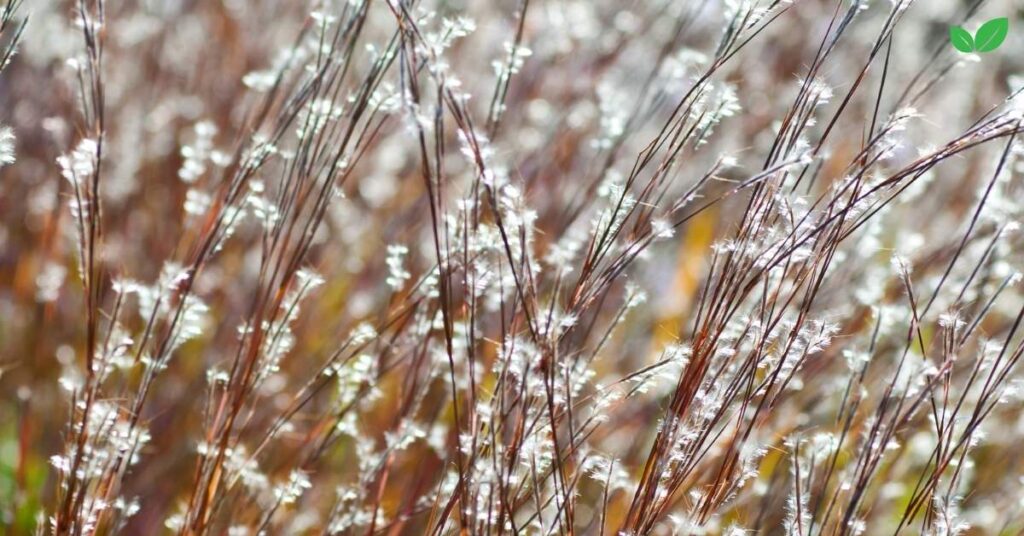
4.1 Drought Tolerance
The ability to withstand periods of drought is one of the defining characteristics of bluestem. Their roots extend deep into the soil, accessing water reserves that are unavailable to many other plants. Additionally, their narrow leaves reduce water loss through transpiration.
4.2 Fire Adaptation
Prairie ecosystems are shaped by periodic fires, which remove dead vegetation, recycle nutrients, and prevent the encroachment of woody plants. Bluestem grasses are fire-adapted, with growing points located at or below the soil surface, allowing them to regenerate quickly after burns.
4.3 Resistance to Grazing
Bluestem grasses have a natural resistance to overgrazing due to their tough, fibrous leaves and rapid regrowth. This adaptation makes them a sustainable forage option for livestock and wildlife.
5. Role in Agriculture and Land Management
Bluestem grasses are not only ecologically important but also valuable for agriculture, landscaping, and land management.
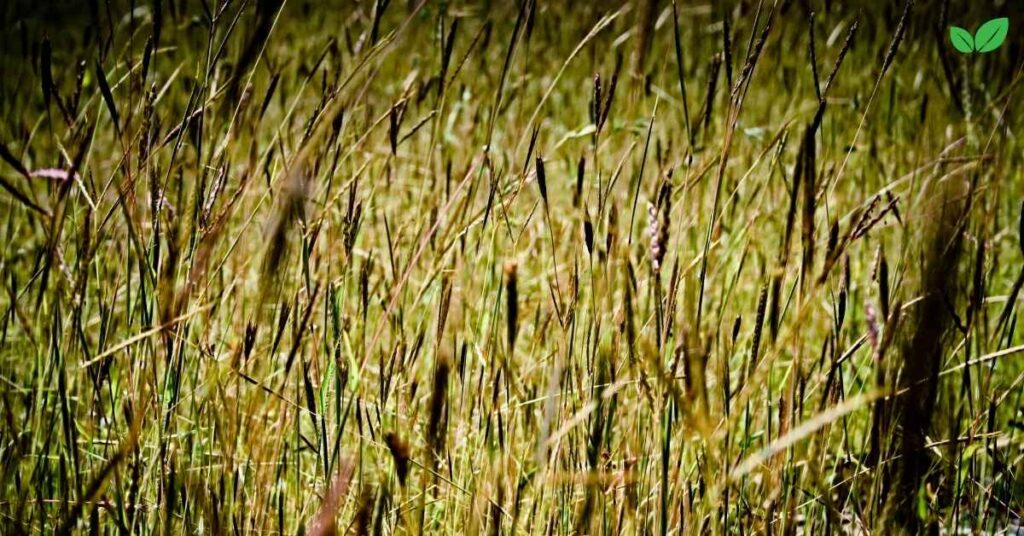
5.1 Forage for Livestock
Big Bluestem and Little Bluestem are widely used as forage grasses for cattle, bison, and other grazing animals. They provide high-quality forage during the summer months, with a balance of nutrients that supports healthy livestock.
5.2 Prairie Restoration and Conservation
Bluestem grasses are key components of prairie restoration efforts, as they help rebuild soil structure, control erosion, and provide habitat for native species. They are often included in seed mixes for restoring degraded grasslands and reestablishing native plant communities.
5.3 Landscaping and Erosion Control
Little Bluestem, in particular, is popular in landscaping due to its ornamental value, with its vibrant fall colors and upright growth habit. It is also used for erosion control on slopes and disturbed sites, where its deep roots stabilize soil and prevent runoff.
6. Challenges and Threats to Bluestem Grass
Despite its resilience, bluestem grass faces several threats that impact its survival and the ecosystems it supports.
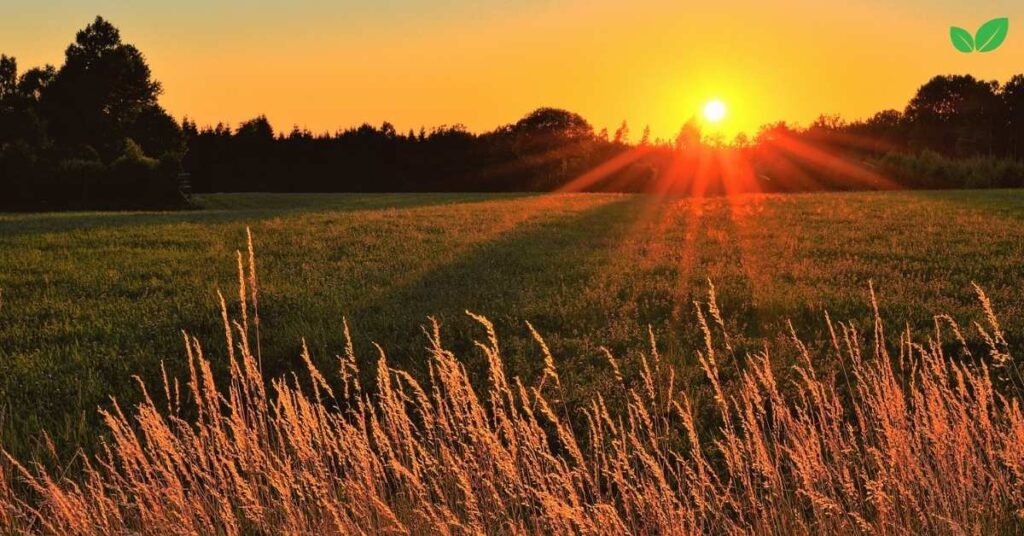
6.1 Habitat Loss
The conversion of prairies to agriculture, urban development, and infrastructure projects has drastically reduced the extent of grasslands containing bluestem grasses. This habitat loss has cascading effects on wildlife and ecosystem health.
6.2 Invasive Species
Non-native plants, such as cheatgrass and smooth brome, often outcompete bluestem grasses for resources, disrupting native plant communities and reducing biodiversity.
6.3 Climate Change
Rising temperatures and altered precipitation patterns due to climate change may challenge the adaptability of bluestem grasses, particularly in regions that experience prolonged droughts or extreme weather events.
7. Conservation and Restoration Efforts
Efforts to protect and restore bluestem grasses are critical for maintaining prairie ecosystems and their associated benefits.
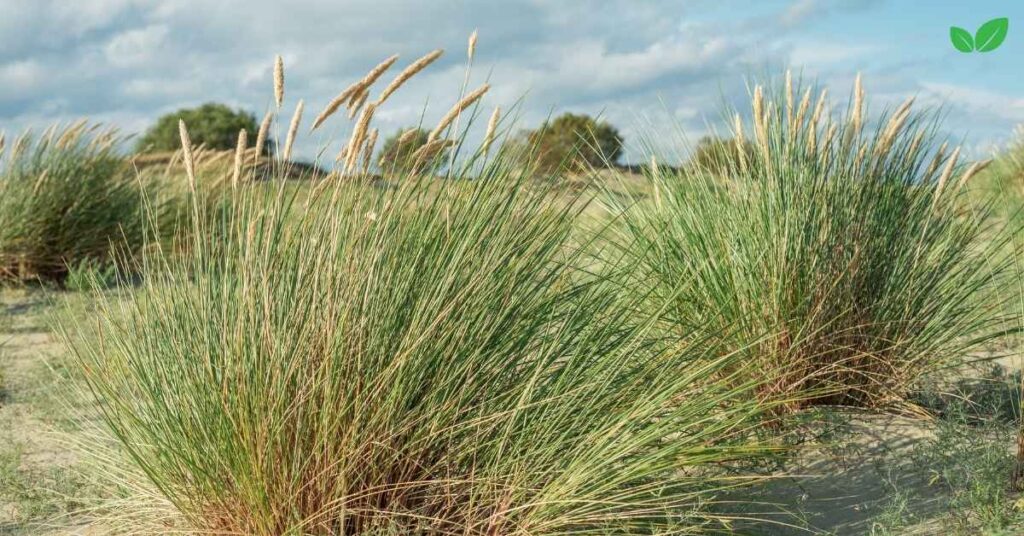
7.1 Prairie Restoration Projects
Organizations and land managers work to restore native prairies by planting bluestem grasses and other native species, removing invasive plants, and implementing controlled burns to mimic natural fire cycles.
7.2 Policy and Land Protection
Programs like the Conservation Reserve Program (CRP) incentivize landowners to preserve grasslands, reducing habitat loss and supporting native species. Conservation easements also help protect large tracts of prairie from development.
7.3 Public Education and Awareness
Raising awareness about the ecological value of bluestem grasses and prairies fosters support for conservation efforts. Educational programs, nature centers, and community initiatives play a vital role in building appreciation for grassland ecosystems.
8. Future Prospects for Bluestem Grass
The future of bluestem grasses depends on continued conservation efforts, sustainable land management practices, and adaptation to a changing climate. Advances in ecological restoration techniques, such as precision seed planting and soil health monitoring, offer hope for reestablishing grasslands and ensuring the long-term survival of these keystone species.
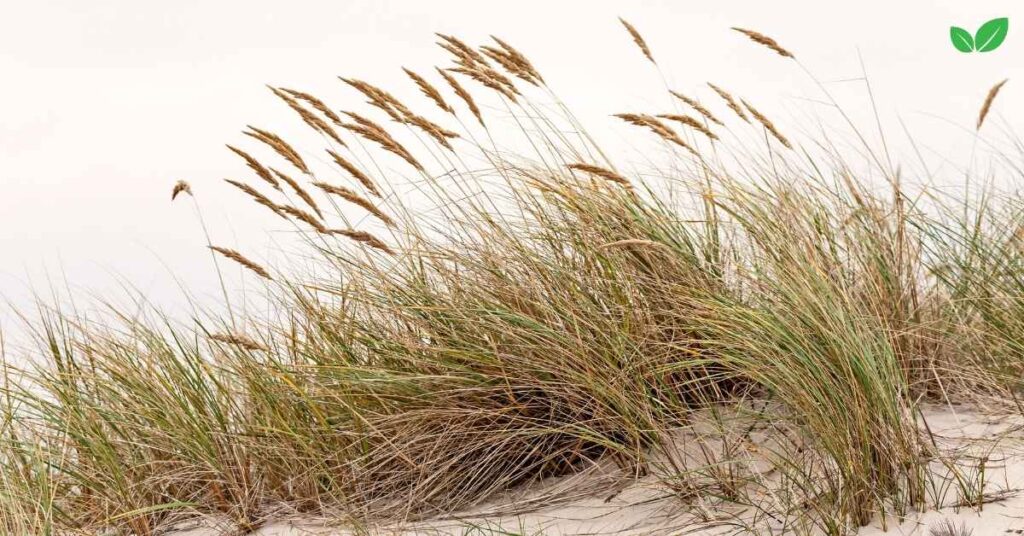
9. Conclusion: The Vital Role of Bluestem Grass in Ecosystems
Bluestem grass, with its resilience, ecological importance, and adaptability, is a cornerstone of North America’s prairie ecosystems. From stabilizing soil and sequestering carbon to providing habitat and forage, Big Bluestem and Little Bluestem are indispensable to the health and productivity of grasslands. Protecting and restoring bluestem grasses is not only essential for preserving biodiversity but also for mitigating the impacts of climate change and supporting sustainable land use. By valuing and conserving these native grasses, we can ensure that the landscapes they shape continue to thrive for generations to come.
Read More: Junegrass: Exploring the Environmental Niche of a Resilient Native Grass

